No products in the cart.
Bossé
€1.00€1.10 (-9%)
Family: MELIACEAE
Scientific names:: GUAREA CEDRATA / THOMPSONII / LAURENTII
G. Cedrata and G. Laurentii are called Bossés clair; G. Thompsonii is called Dark Bossé.
Origin: WEST AFRICA – CENTRAL AFRICA
Scientific names:: GUAREA CEDRATA / THOMPSONII / LAURENTII
G. Cedrata and G. Laurentii are called Bossés clair; G. Thompsonii is called Dark Bossé.
Origin: WEST AFRICA – CENTRAL AFRICA
WOOD DESCRIPTION
Reference color: pinkish brown
Sapwood: very distinct
Grain: fine
Thread: counter grain
Counter grain: light
Corrugated or irregular wire. G. Thompsonii has a straighter grain.
Wood pinkish brown (G. Cedrata) to orange brown (G. Thompsonii. Slightly shimmering appearance. G. Cedrata has a cedar odor and a tendency for resin exudation.
PHYSICAL AND MECHANICAL PROPERTIES
These properties can vary significantly depending on the origin and growing conditions of the wood.
- Density *: 0.63
- Monnin hardness *: 4.2
- Coef. Volume shrinkage: 0.45
- Stability in service: stable
- Total radial shrinkage: 4.1%
- Fiber saturation point: 31%
- Total tangential shrinkage: 6.8%
(*: 12% humidity)
NATURAL DURABILITY AND IMPREGNABILITY OF WOOD
- Mushrooms: cl 2 – durable
- Dry wood insects: durable; distinct sapwood (risk limited to sapwood)
- Termites: class S – susceptible
- Impregnability: 4 – not impregnable
- Biological risk class: 3 – out of contact with the ground, not sheltered
BOSSÉ clear is moderately durable against fungi. Dark Bossé is durable.
SAWING AND MACHINING
- Blunting effect: quite significant
- Teeth for sawing: stellate teeth
- Machining tools: tungsten carbide
The silica content of G. Cedrata can be high to very high. Irritating dust.
ASSEMBLY
- Nailing – Screwing: good hold
- Gluing: correct
Pre-boring may be necessary for G. Thompsonii due to its hardness. Bonding G. Cedrata can be difficult due to resin exudation.
USES
Filling is recommended in order to obtain a better finish. Resin exudation can interfere with some jobs.
exterior and interior carpentry
- paneling
- siding
- shipbuilding
- furniture
- roller shutters
- parquet
- light frame
Main known uses to be validated by implementation in accordance with the rules of the art. Important note: some uses are mentioned for information.
Source: CIRAD – ATIBT
REACTION TO FIRE
- French conventional classification: thickness> 14 mm: M.3 (moderately flammable) thickness <14 mm: M.4 (easily flammable)
- classification according to euroclasses: D s2 d0 This default classification concerns solid woods meeting the requirements of standard NF EN 14081-1 appendix C (May 2006), used in vertical walls. Namely structural wood, classified, with a minimum average density of 0.35 and a minimum thickness of 22 mm.

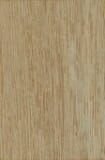
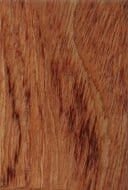
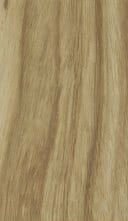
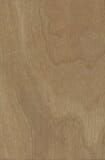
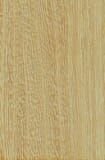
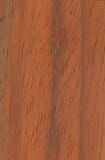


Reviews
There are no reviews yet.